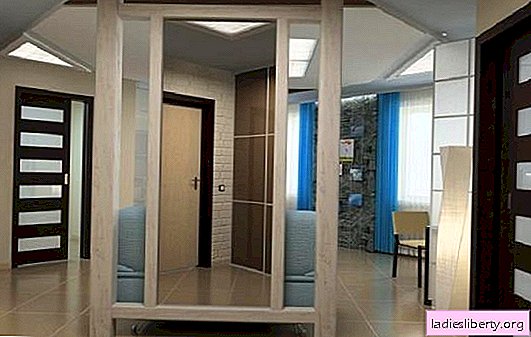
Radiculitis (radicular syndrome) is a disease of the peripheral nervous system that occurs as a result of compression of the roots of the spinal cord. Radicular syndrome manifests itself in sharp pains in the neck, limbs (lower and upper), lower back, chest, as well as in the abdomen and groin.
Depending on the lesion of the roots, radiculitis is distinguished:
- chest
- upper cervical
- neck and shoulder
- lumbosacral, manifested in acute and chronic form.
Sciatica - causes
The causes of the disease are quite diverse. Roots of the spinal cord can be affected due to the development of infectious diseases that are caused by bacteria or viruses. Often, sciatica occurs due to trauma of the roots, metabolic disorders of the body, hypothermia, spasm of the back muscles, sudden movements.
However, most often sciatica accompanies other diseases of the spine, for example, osteochondrosis, in which there are changes in the intervertebral discs, which leads to compression of the roots.
Radiculitis - symptoms
Cervical sciatica is characterized by pain in the neck and neck, which intensifies with coughing and turning the head. There is a reflex pose of the head (leaning back). If cervical sciatica is provoked by osteochondrosis or spondylosis, then radicular pain is combined with hearing impairment, dizziness, swaying when walking, and other signs of impaired blood supply to the brain.
Cervicobrachial radiculitis is distinguished by intense shooting pain, which is localized in the shoulder girdle, neck and arms. The pain increases sharply when coughing, tilting and turning the head, with movements of the hands.
Thoracic sciatica (damage to the lower and middle pectoral roots) is characterized by paroxysmal, girdle pain in the intercostal nerves, intensified with a deep sigh and movement.
Lumbosacral sciatica is most common. This disease is based on degenerative processes in the intervertebral discs, joints of the spine, and ligaments. There is a steady tendency to a chronic course with frequent relapses. The pains are localized in the sciatic nerve and in the lumbosacral region. Strengthened with torso, movement and walking.
The severity and localization of pain largely depends on the level where the compression of the nerve trunk or root occurred. The most pronounced pain syndrome is observed when squeezing discs and dense tissues (mesvertebral hernia). When squeezing soft tissues - ligaments and muscles, pain and its dynamics of growth are less pronounced.
Radiculitis - diagnosis
Radiculitis is not a disease, but only a set of symptoms that indicate the effect on one of the roots of the spinal cord (there are 31 of them in total). Complex symptoms: pain, muscle weakness, impaired sensitivity. There are several reasons for radiculitis - stenosis, protrusion and herniation of the disc, therefore, in order to accurately diagnose, a number of measures need to be taken:
- examination (allows you to find out the range of motion and muscle strength);
- elucidation of symptoms (duration, nature and intensity of pain, the presence of sensory impairment);
Patients are prescribed:
- a neurological examination that allows you to check reflex activity and sensitivity.
- Radiography to assess degenerative changes in the spine.
- EMG (a method that determines the level of damage to nerve roots).
- CT and MRI (visualize the presence of root compression).
Radiculitis - treatment and prevention
The treatment of radiculitis depends on the causes of its occurrence and on the stage of the disease process. Prescribing painkillers and irritating drugs (biogenic stimulants, snake venom, vitamin B).
If sciatica is caused by dystrophic changes in the spine, physiotherapeutic procedures are recommended - electrophoresis and ultrasound. Of great importance is physiotherapy and massage. Patients are prescribed acupuncture and spa treatment.
Prevention of radiculitis consists in observing the regime of rest and labor, sufficient physical activity and proper nutrition.











